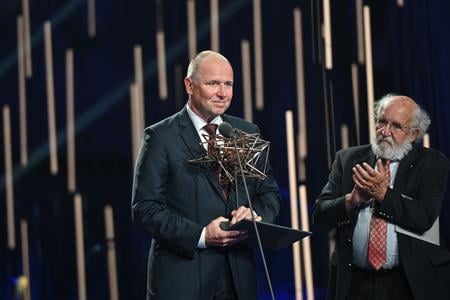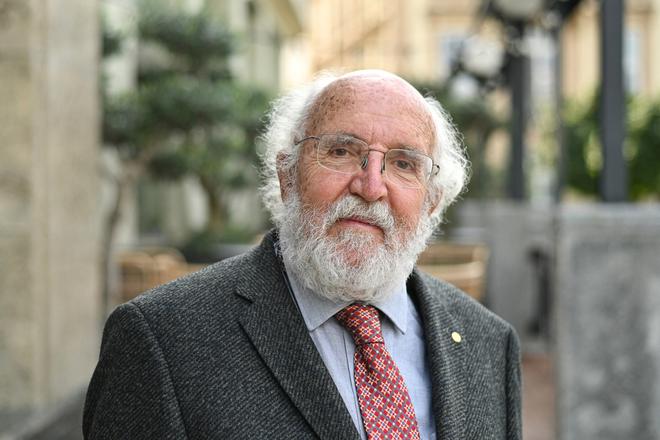For centuries, humanity has known that other planets orbit the Sun. But it was only in 1995 that the very first discovery of a planet orbiting a different star was announced by astrophysicists Michel Mayor and Didier Queloz. It earned them a Nobel Prize.
Michel Mayor recently came to Bratislava to attend the ESET Science Award ceremony. He chaired the international committee that chose this year’s winner. The Slovak Spectator talked to him about his work, his research and the possibility of extra-terrestrial life.

What do you think about when you look at the night sky?
Most of the time it’s only admiration, nothing related to my work. Except maybe when I am under the southern sky, as I have done quite a lot of work in Chile. At higher altitudes in the Andes, the Milky Way is sometimes extremely bright and visible, and I get a lot of ideas. But today, unfortunately, fewer and fewer people can see the Milky Way, as we have too many [artificial] lights.
What is fascinating in this regard is that, from our perspective in the north hemisphere, many constellations and celestial bodies appear upside down.
Yes, to this day I still cannot get used to that.
Of all the different tools that today allow us to explore the night sky and space, which one do you find the most extraordinary?
I’d say gravitational wave detection. Instruments that detect [gravitational waves] were conceived more than 40 years ago and started to operate just a few years ago. They allow you to see small contractions of the world when the waves pass, contractions as tiny as a fraction of the size of an atom. It’s unbelievable we have been able to build such an instrument. But the potential is huge. For many years, astrophysics was based only on visible light, then came x-rays, UV light and so on, but we are still talking about the electromagnetic spectrum.
Now we study high energy particles and neutrinos, which bring a new view of the universe. And gravitational waves, the huge motion of matter, is another way to do so. We have already detected several events, the merging of one black hole with another, or with a neutron star. Not to mention that the Extremely Large Telescope [ELT] is now being constructed. The potential is enormous.
What expectations do you have?
The ELT will be multi-purpose and devoted to everything. Cosmologists want to study very faint galaxies, then stellar physics; black holes, especially the huge ones with billions of solar masses that lie at the cores of galaxies, are a very hot topic. [We hope to] discover black holes that are billions of solar masses. In my case, there is a possibility to detect life in the universe.


 Nobel Prize winner Michel Mayor. (source: ESET Science Award/Linda Kisková Bohušová)
Nobel Prize winner Michel Mayor. (source: ESET Science Award/Linda Kisková Bohušová)